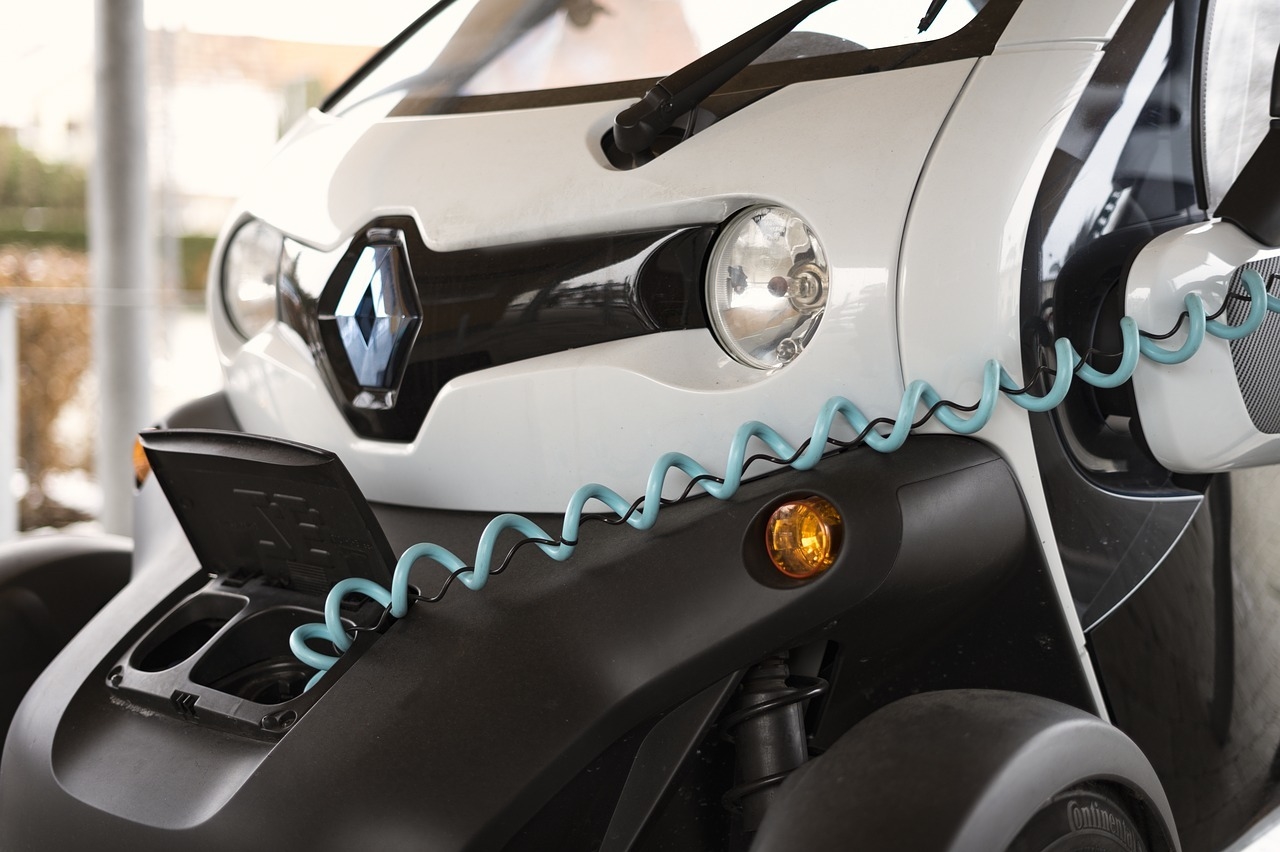International research collaboration announces sodium-sulfur battery breakthrough
A new study has shown for the first time how inexpensive materials can be used in high performance batteries of the future.

Scientists and engineers have been focused on finding a more sustainable way of using lithium batteries which rely on scarce resources and is challenging to produce on a large scale at affordable prices.
But now scientists have shown that using a ‘carbon cloth collector’ can improve the sulfur utilisation of batteries, which would make them more efficient.
The resultant study, published today in ACS Energy Letters, is a collaboration between Monash University, the India Institute of Technology Bombay-Monash Research Academy, and Deakin University.
The study describes outstanding performance for a high-energy density room-temperature sodium-sulfur (RT Na-S) battery, with the discovery that a simple chemical activation of a carbon cloth current collector (which researchers fill with a sulfur-based liquid electrolyte ) could allow a Na-S battery to operate at near its theoretical voltage and deliver an energy density of just under 1kWh/kg of Sulfur.
The appeal of the Na-S battery is that the raw materials, sodium salts and sulfur are very commonplace and inexpensive.
The battery operates at room temperature and can be charged and discharged at reasonable rates, for example 1/2 an hour charging and discharging.
The carbon cloth is the key to the development. By activating it in a simple process it becomes a catalytic agent in the discharge process of the sulfur electrode, leading to a higher overall voltage and extended cycle life.
For more information, go to the Monash University website here














